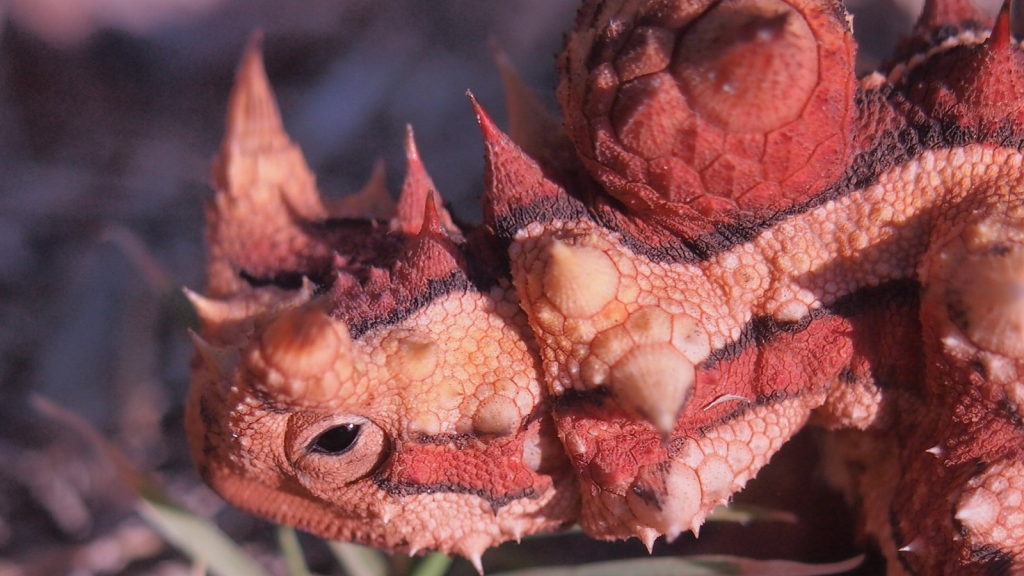Nature has always been the ultimate innovator, designing incredible defenses for its creatures long before humans dreamed up superheroes in high-tech suits. Some animals have remarkable armor to protect themselves from predators and harsh environments. From impenetrable scales to shock-absorbing shells, these natural defense systems are marvels of Mother Nature’s engineering. Some of these armored animals might be living right in your back garden, while others inhabit far-flung corners of the world. Get ready to meet 15 incredible creatures whose built-in armor could give even the most advanced superhero suit a run for its money.
Armadillo
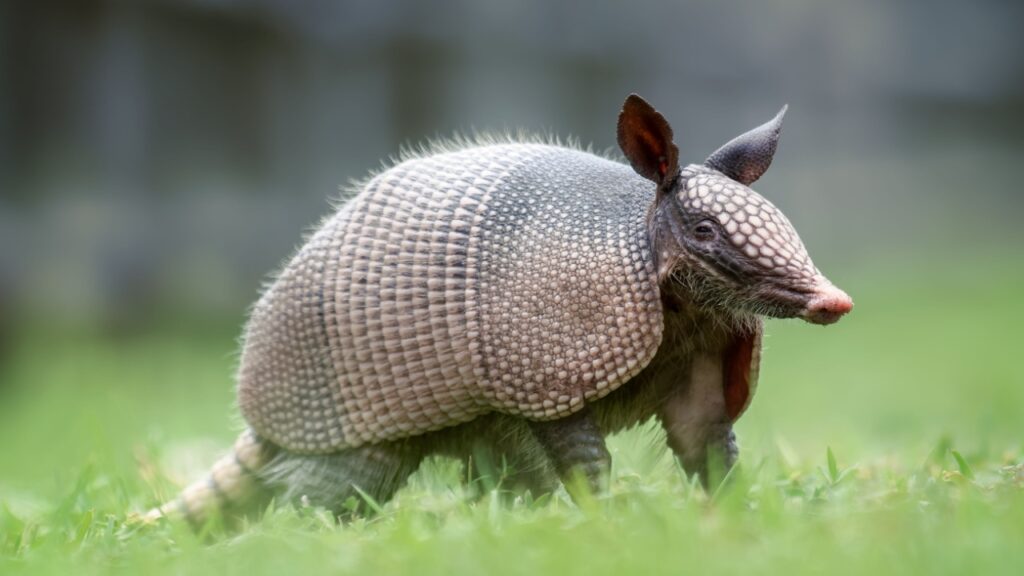
The armadillo’s name literally means “little armored one” in Spanish, and for good reason. These mammals are covered in bony plates that form a flexible yet tough shield. When threatened, most armadillo species can roll into a ball, protecting their soft underbelly. The three-banded armadillo can even close its armor completely, becoming a nearly impenetrable sphere. Interestingly, the giant armadillo’s armor is so tough that it can deflect bullets, making it a living tank of the animal kingdom.
Pangolin
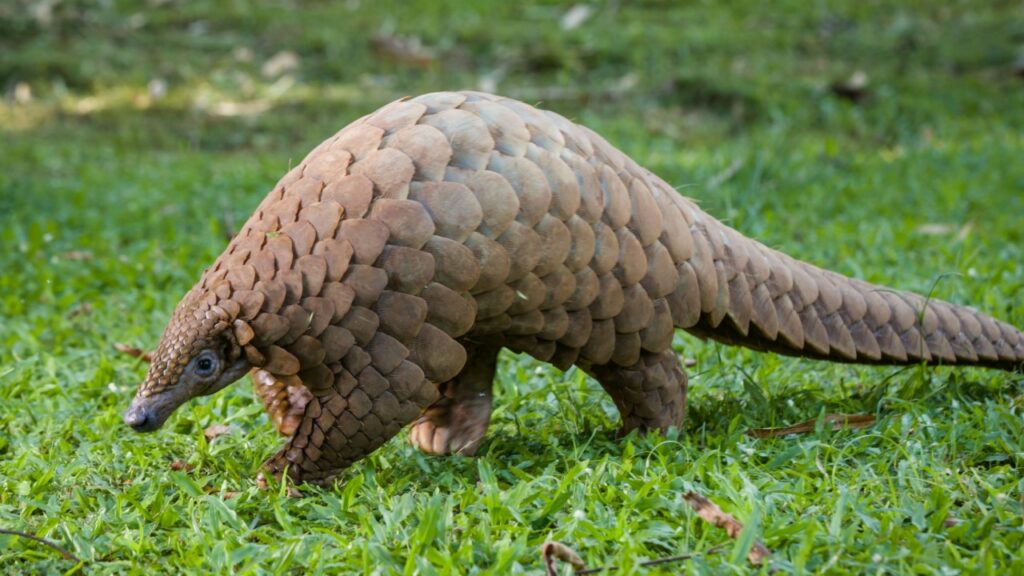
Pangolins are the only mammals covered in scales. These overlapping plates are made of keratin, the same material as human fingernails, but much harder. When a pangolin feels threatened, it rolls into a tight ball, using its scales as armor. Even large predators like lions have trouble breaking through this defense. The pangolin’s scales are so strong that they can withstand the bite force of a lion, which can exceed 650 pounds per square inch.
Turtle
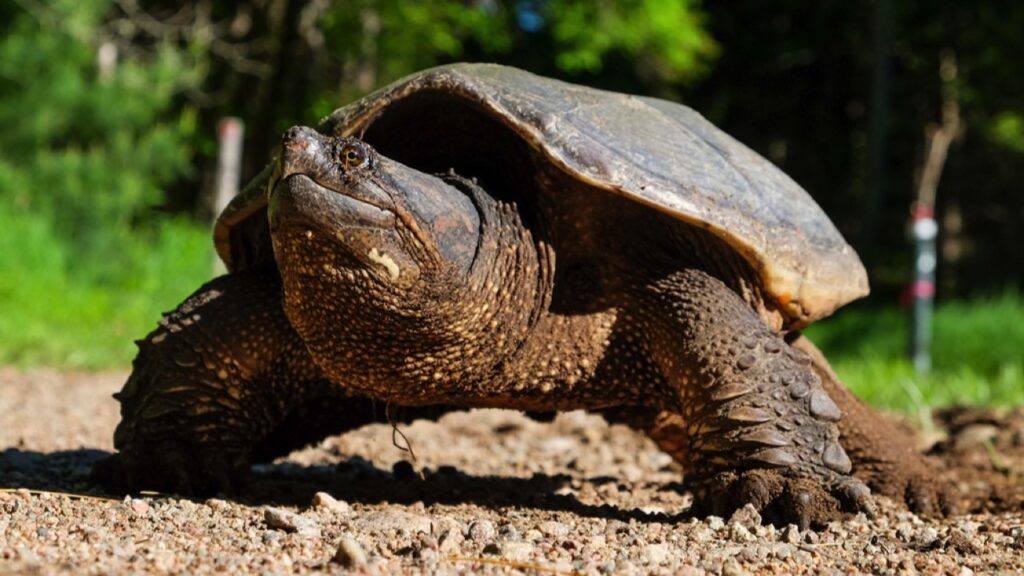
Turtles are famous for their hard shells, which are actually part of their skeleton. The shell is made up of about 60 bones covered by plates called scutes. Many turtles can retract their head, legs, and tail into their shell for protection. Some species, like box turtles, can even close their shell completely, sealing themselves inside their armor. The turtle’s shell is not only protective but also acts as a pH balance regulator and helps in calcium storage for the animal.
Porcupine
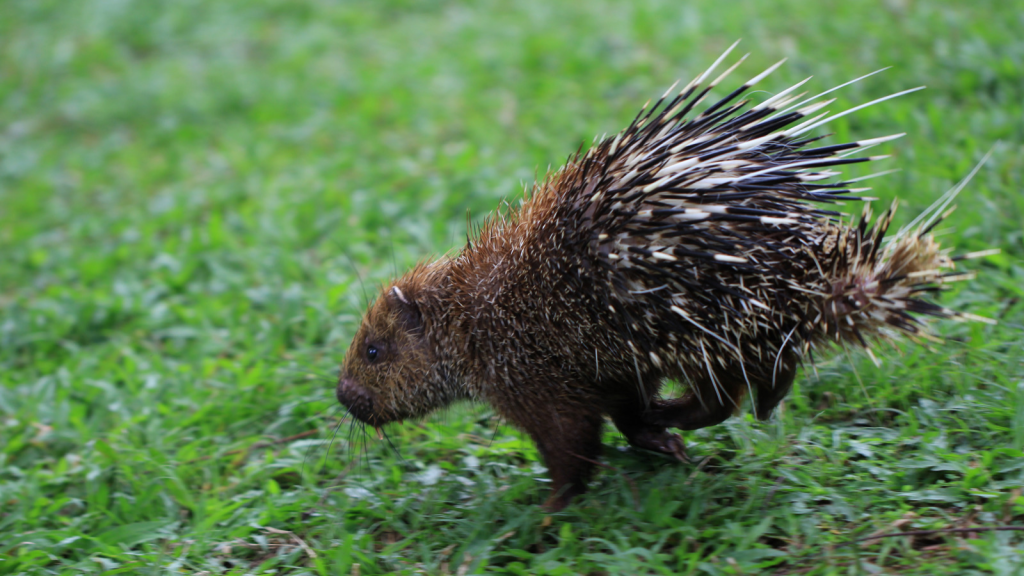
Porcupines are rodents with a unique defense system: up to 30,000 sharp quills covering their bodies. These quills are actually modified hairs, hollow and filled with spongy tissue. When threatened, porcupines can raise their quills, making themselves look larger and more intimidating. Contrary to popular belief, they can’t shoot their quills, but the quills detach easily when touched. Each quill tip is covered in microscopic barbs that make them difficult to remove once embedded in a predator’s skin, serving as a painful reminder not to attack porcupines.
Rhinoceros Beetle
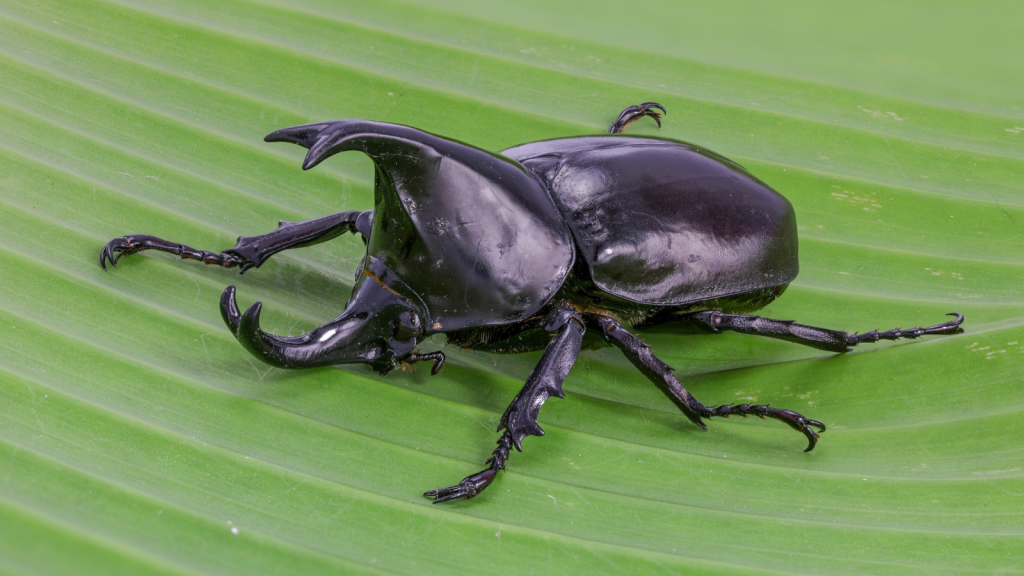
Rhinoceros beetles have one of the toughest exoskeletons in the insect world. This armor is made of chitin, a substance similar to the keratin in our fingernails but much stronger. Their hard shell can withstand forces up to 39,000 times their body weight. That’s like a human surviving the weight of six double-decker buses! The rhinoceros beetle’s incredible strength and armor allow it to lift objects 850 times its own body weight, making it proportionally one of the strongest animals on Earth.
Crocodile
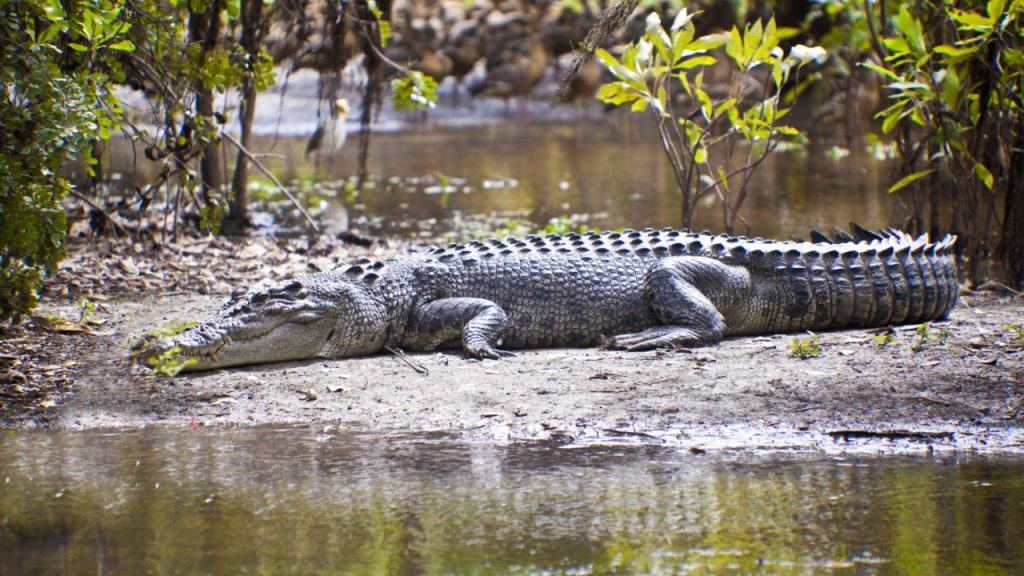
Crocodiles are covered in tough, bony scales called scutes. These scales are embedded in their skin and act like armor plates. The scutes on a crocodile’s back are so tough that they can deflect bullets. This armor, combined with their powerful jaws and strong tails, makes crocodiles formidable predators. Crocodiles also have a unique circulatory system that allows them to stay submerged for long periods, with their armor helping to maintain body temperature and reduce water loss.
Thorny Devil
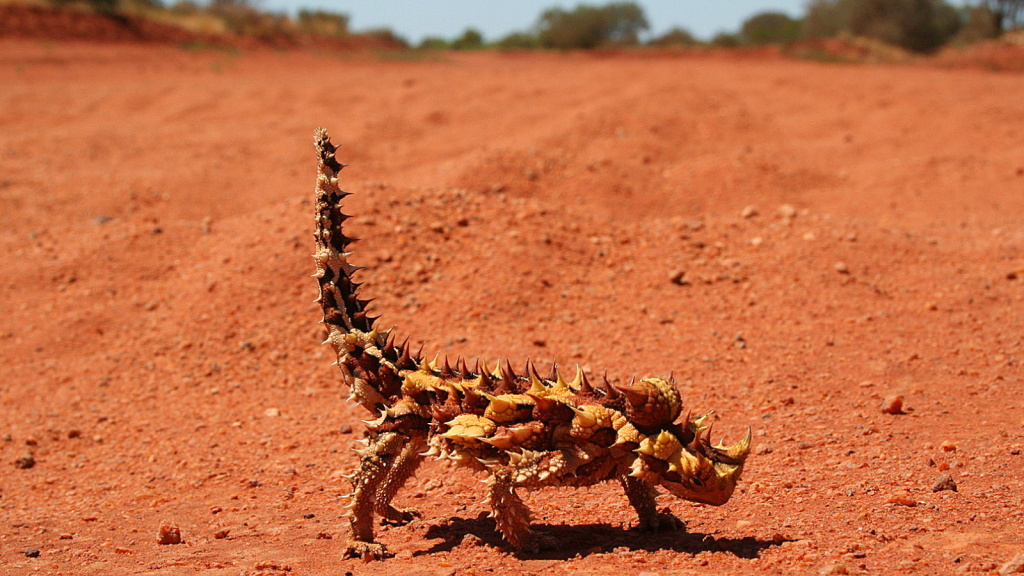
The thorny devil, a lizard native to Australia, looks like a miniature dragon. Its body is covered in sharp spines that deter predators. But these spines do more than just protect – they also help the lizard collect water. The spines channel morning dew and rain towards the lizard’s mouth, a crucial adaptation for surviving in the desert. The thorny devil can also change color to blend with its surroundings, adding camouflage to its arsenal of defensive features.
Horseshoe Crab

Horseshoe crabs have been around for over 450 million years, and their armor is a big reason why. Their hard exoskeleton protects them from predators and the harsh marine environment. The horseshoe crab’s blood is also special – it’s used in medical testing to detect harmful bacteria. Their unique book gills, protected by their armor, allow them to breathe both in water and on land for short periods, contributing to their remarkable survival abilities.
Giant African Millipede

Giant African millipedes have a unique form of armor. Their bodies are made up of many segments, each covered by a hard exoskeleton. When threatened, they can curl into a tight spiral, protecting their softer undersides. They also secrete a foul-smelling liquid as an extra defense. Each body segment of the millipede has two pairs of legs, giving them incredible stability and the ability to navigate through complex environments while staying protected.
Tardigrade
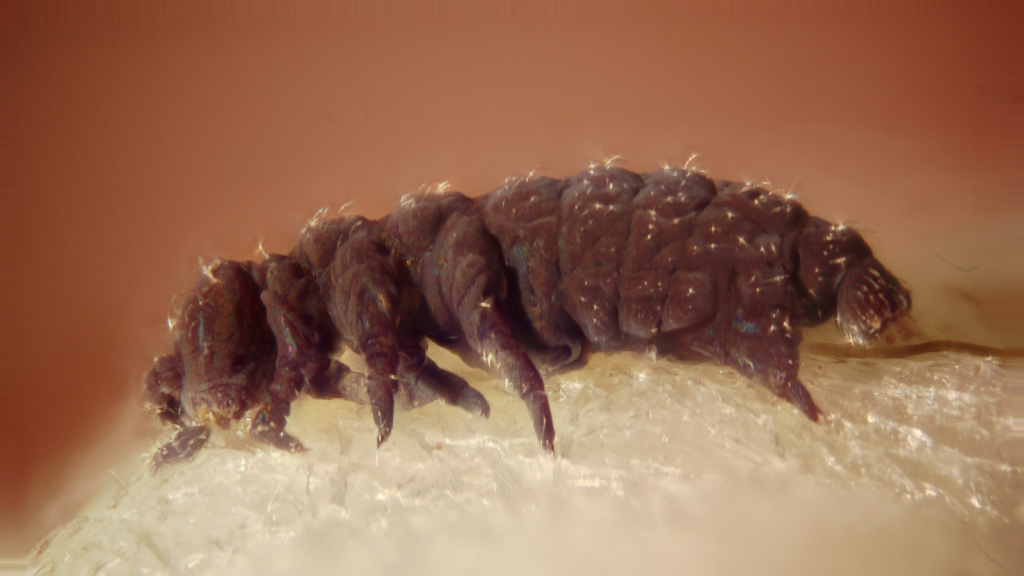
Tardigrades, also known as water bears, are microscopic animals with incredible armor. Their bodies can withstand extreme conditions, including the vacuum of space. When faced with harsh environments, tardigrades can enter a state called cryptobiosis, where they essentially become indestructible. Tardigrades can survive radiation levels thousands of times higher than what would be lethal to humans, thanks to a unique protein that protects their DNA.
Alligator Snapping Turtle

The alligator snapping turtle has a shell covered in ridges and spikes, making it look like a prehistoric beast. Its powerful jaws and spiked shell provide excellent defense against predators. These turtles can live for over 100 years, thanks in part to their formidable armor. The alligator snapping turtle’s shell is so strong that it can withstand the bite of an alligator, its natural predator.
Trilobite Beetle
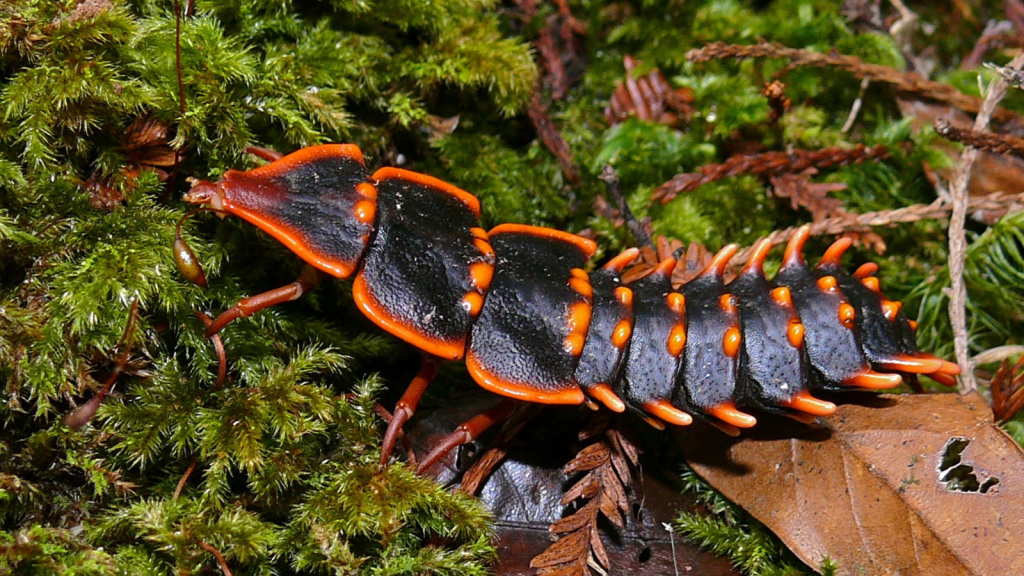
The trilobite beetle looks like it crawled straight out of the Paleozoic era. Its body is covered in hard plates that resemble the ancient trilobites. This armor protects the beetle from predators and helps it survive in its forest floor habitat. Female trilobite beetles keep their larval form throughout their lives, complete with armored segments. The trilobite beetle’s armor also helps it conserve moisture in its humid forest environment, allowing it to survive in areas where other insects might dehydrate.
Horned Lizard
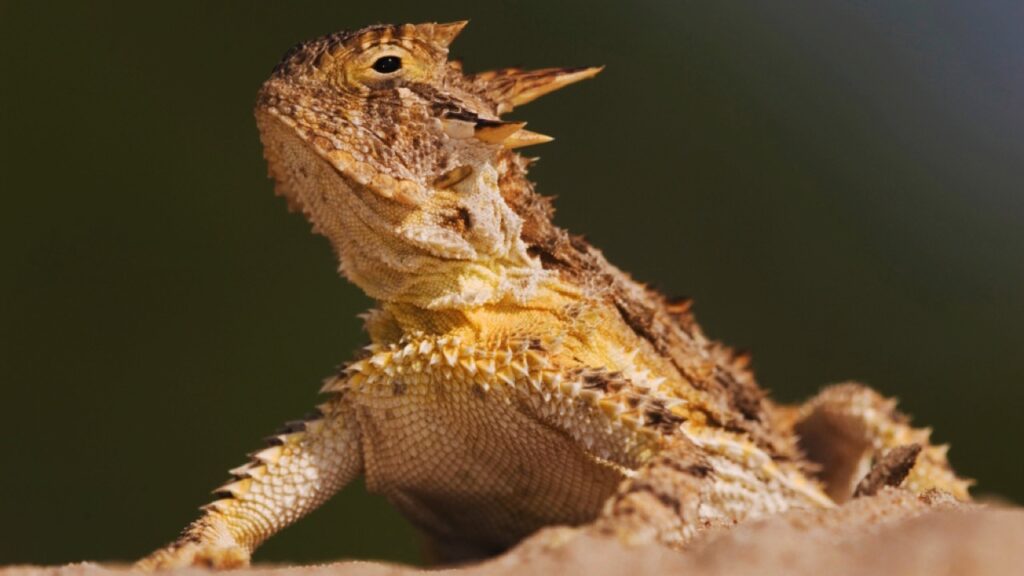
Horned lizards, also known as horned toads, have a crown of horns on their head and spiny scales covering their body. When threatened, some species can increase their body size by inflating themselves with air. As a last resort, certain horned lizards can even squirt blood from their eyes to confuse predators. The horned lizard’s blood-squirting ability is unique among lizards and can project blood up to 5 feet, often startling predators and giving the lizard time to escape.
Pill Bug
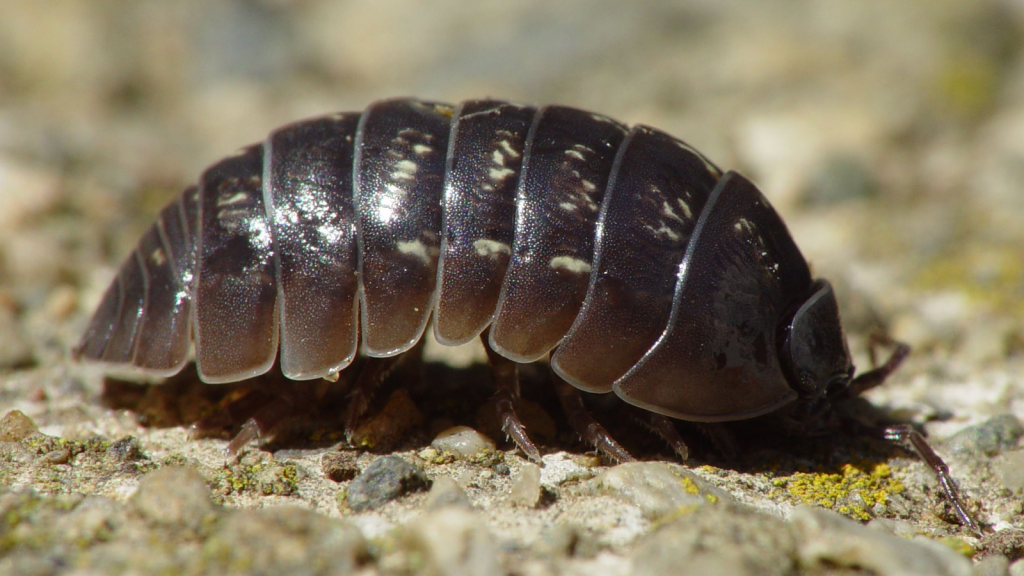
Pill bugs, also called roly-polies, are actually crustaceans that live on land. Their segmented exoskeleton allows them to roll into a perfect ball when threatened, protecting their soft underbelly. This behavior gives them their other common name: armadillo bugs. Pill bugs also have the unique ability to remove toxic heavy metals from soil and store them in their exoskeleton, making them natural bioremediators.
Arapaima

The arapaima is one of the largest freshwater fish in the world, and it has armor to match. Its scales are so tough that they’re piranha-proof. The scales have a hard outer layer and a flexible inner layer, making them both strong and flexible. This armor helps the arapaima survive in the predator-filled waters of the Amazon River. The arapaima’s scales are so effective that scientists are studying them to develop better body armor for humans, potentially revolutionizing protective gear design.

